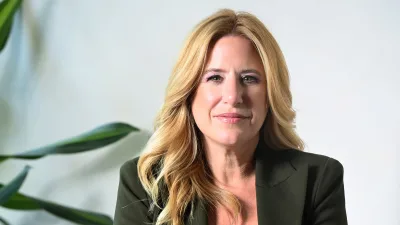SMSFs break stereotype


Self-managed superannuation fund (SMSF) investors trade shares twice as often and hold more diverse portfolios than retail investors, according to new analysis released by CommSec.
The CommSec analysis has revealed data that has found that SMSFs place double the amount of equities trades on average compared to non-SMSF holders.
Commenting on the findings, Commonwealth Bank Head of SMSF Customers, Marcus Evans, said that while many people viewed SMSF accounts as dormant with a lot of long-term investments, the CommSec data showed they were very active in the equities space.
He said that in terms of portfolio make-up, SMSFs have a far more diversified portfolio, holding an average of 14 different securities in their portfolio, compared to just seven for the average equities investor.
"SMSF accounts tend to be far more diversified than those of retail investors, recognising that diversification is an important part of reducing risks and managing a robust portfolio over the long-term," Evans said.
An analysis of CommSec SMSF trading patterns for the week ending 28 August 2015, which included the biggest single day drop since the GFC, shows an increase in total trade volumes, with overall net buying among SMSFs.
"The increase in trading volumes favouring buying during recent volatility shows investors are constantly keeping an eye on the market and dispels the myth that SMSFs are conservative investors," Evans said.
Recommended for you
Clime Investment Management has faced shareholder backlash around “unsatisfactory” financial results and is enacting cost reductions to return the business to profitability by Q1 2025.
Amid a growing appetite for alternatives, investment executives have shared questions advisers should consider when selecting a private markets product compared to their listed counterparts.
Chief executive Maria Lykouras is set to exit JBWere as the bank confirms it is “evolving” its operations for high-net-worth clients.
Bennelong Funds Management chief executive John Burke has told Money Management that the firm is seeking to invest in boutiques in two specific asset classes as it identifies gaps in its product range.














